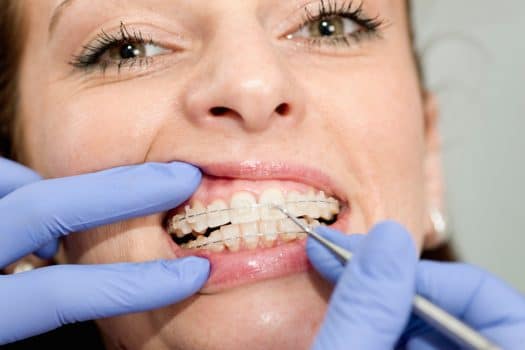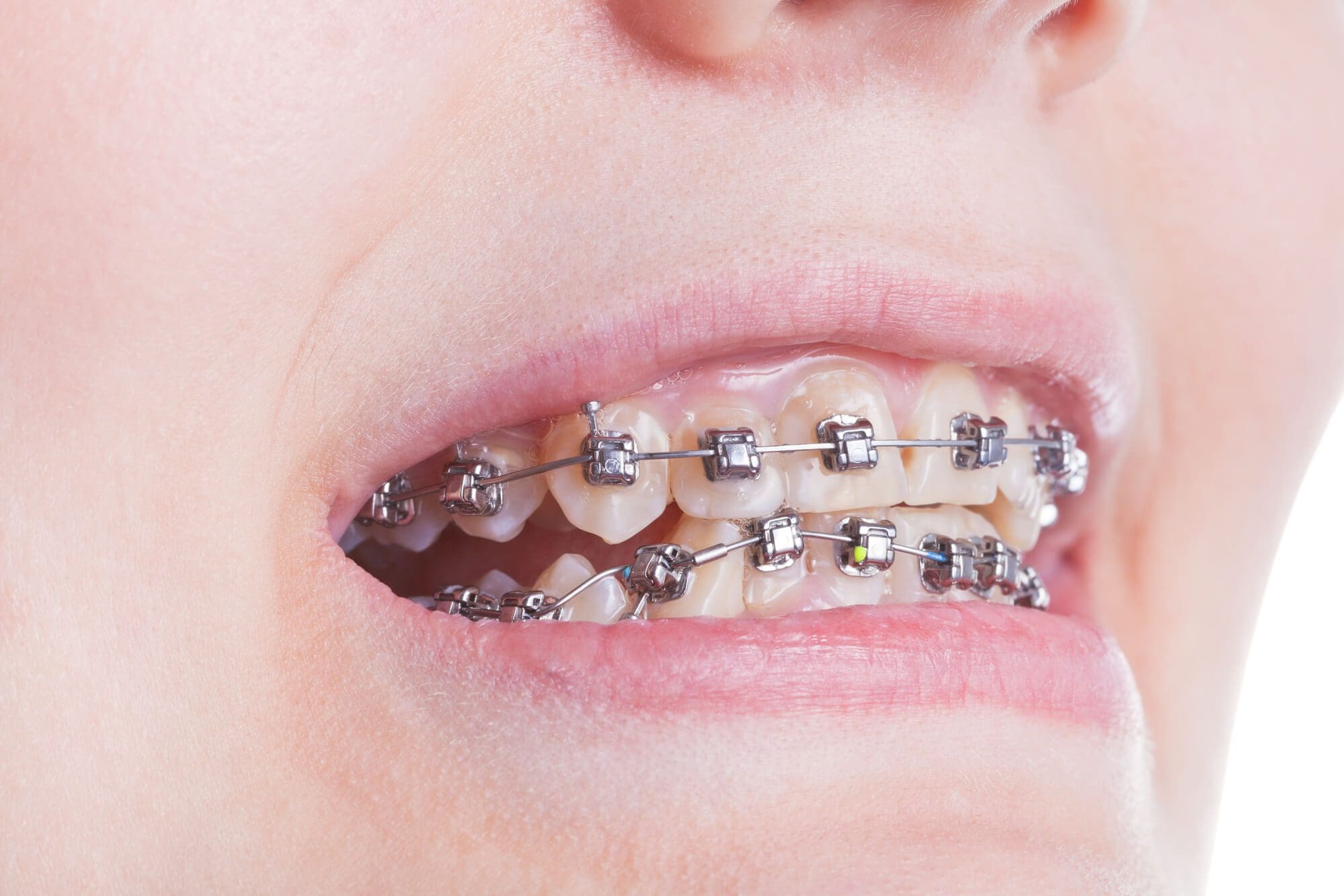All Star Family Orthodontics Things To Know Before You Buy
Table of ContentsThe Definitive Guide for All Star Family OrthodonticsAll Star Family Orthodontics Fundamentals ExplainedRumored Buzz on All Star Family OrthodonticsNot known Details About All Star Family Orthodontics 8 Simple Techniques For All Star Family Orthodontics

At Advanced Orthodontics, we give people with a holistic treatment experience. Additionally, we provide adjustable treatment timetables, adaptable repayment alternatives and a fun, delightful experience - old bridge braces. Call ( 480) 357-4900 today for more details and routine a consultation.
An orthodontist is a dental practitioner educated to identify, protect against, and deal with teeth and jaw irregularities - https://disqus.com/by/allstarfamilyortho/about/. They remedy existing problems and are educated to identify troubles that might create in the future. Orthodontists function with individuals of all ages, from youngsters to grownups. Individuals usually associate an ideal smile with health.
Malocclusion, or misaligned teeth, can cause dental issues, including dental cavity, gum tissue disease, and difficult or unpleasant chewing. Not everybody is born with straight teeth. If you have a bad bite or huge spaces in between your teeth, you may wish to consult a dentist focusing on orthodontic care.
The 6-Minute Rule for All Star Family Orthodontics
(Image Credit Rating: DigitalVision/Getty Images) Orthodontists use repaired and removable oral gadgets, like braces, retainers, and bands, to change the placement of teeth in your mouth. Orthodontic treatment is for oral irregularities, including: Crooked teethBite issues, like an overbite or an underbiteCrowded teeth or teeth that are too far apartJaw misalignmentThe goal of orthodontic treatment is to boost your bite.
While you may think of orthodontists as mostly for children or young adults who require dental braces, they can remedy dental issues at any kind of age. Orthodontists go to college, oral school, and orthodontic college.
, yet not all dental professionals are orthodontists. They focus on two locations: How to effectively and safely relocate teeth Exactly how to correctly assist advancement in the teeth, jaw, and faceOnce an orthodontist has actually completed training, they have the choice to come to be board licensed.
The 6-Minute Rule for All Star Family Orthodontics
Imbalance, or malocclusion, is the most usual factor people see an orthodontist. Malocclusion is typically treated with: Your orthodontist attaches steel, ceramic, or plastic square bonds to your teeth.
If you have just minor malocclusion, you might have the ability to utilize clear braces, called aligners, rather than typical dental braces. Some individuals require a headwear to assist relocate teeth into line with stress from outside the mouth. After braces or aligners, you'll require to use a retainer. A retainer is a custom gadget that keeps your teeth in position.

You may require to see an orthodontist if you have: Crowding or not adequate area for all of your teethOverbite, when your top teeth come by your base teethUnderbite, when your base teeth are also far forwardSpacing or issues with gapsCrossbite, which is when your top teeth fit behind your base teeth when your mouth is closedOpen bite or an upright space between your front base and upper teethMisplaced midline, when the facility of your base and top teeth don't align Dealing with a dental malocclusion can: Make biting, eating, and speaking easierImprove the proportion of our face and your total appearanceEase discomfort from temporomandibular joint conditionsSeparate your teeth and make them simpler to clean up, assisting prevent dental caries or cavities It's usually a dentist that first notifications misaligned teeth during a regular test.
The Best Strategy To Use For All Star Family Orthodontics
Throughout your initial orthodontic consultation, you'll likely have: A dental examPhotos taken of your face and smileDental X-raysPanoramic (360 degree) X-rays of your face and headImpressions to develop molds of your teethThese examinations will help your orthodontist know exactly how to wage your treatment. An orthodontist is a dentist that's had training to treat your teeth and jaw.
Orthodontists may execute surgical treatment, exams,X-rays, - old bridge nj orthodontistand more to assist you acquire a much more comfortable, healthier smile. An orthodontist is focused on your bite, so something like a cracked tooth would be taken care of by a dental practitioner. Orthodontists are dentists but not all dental practitioners are orthodontists. Orthodontists are concentrated on your bite, or the method your teeth meshed, and the straightness of your teeth.

This initial appointment entails an aesthetic exam of your teeth and bite, X-rays, and possibly also 3D scans. By meticulously assessing these aspects, the orthodontist can pinpoint any type of misalignments, crowding, spacing issues, or jaw inconsistencies. Once a clear photo is established, the orthodontist will review individualized therapy choices. This discussion will cover the kind of dental braces or aligners recommended (traditional metal dental braces, clear aligners like Invisalign, etc), the projected therapy duration, and any kind of Get More Information potential obstacles or adverse effects.
Examine This Report about All Star Family Orthodontics
, orthodontists have a diverse toolkit at their disposal. These tried-and-true braces utilize a system of braces bonded to the teeth and connected by wires.
Clear aligners, like Invisalign, are a popular alternative for clients looking for an extra discreet therapy alternative. These removable trays are customized to considerably change the teeth's placement. Headgear may be made use of along with dental braces or aligners to use extra targeted pressures, specifically for correcting jaw disparities. In situations of slim jaws, palatal expanders can be utilized to produce space for appropriate tooth positioning.